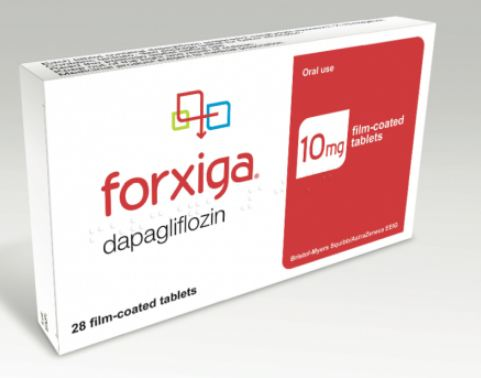SGLT Inhibition: It’s Not Just for Type 2 Anymore

SGLT inhibition may soon be approved for use for people with type 1 diabetes
Can a drug long-used for type 2 diabetes, also help those with T1D? The European body that reviews medicines for human-use thinks so.
A committee within the European Medicines Agency (EMA) has recommended that Forxiga® (dapagliflozin and marketed in the United States as Farxiga®) should be approved for adults with T1D.
Approval would make Forxiga the first oral treatment for T1D. The drug now is also under regulatory review in the U.S. and Japan for adults with T1D.
Forxiga is to be used as an adjunct to insulin therapy, to improve glycemic control in adults, and blocks SGLT, which is responsible for glucose absorption in the gastrointestinal tract.
The EMA’s Committee for Medicinal Products for Human Use (CHMP) made its recommendation to the European Commission after reviewing the results of two phase III clinical trials from the DEPICT (Dapagliflozin Evaluation in Patients with Inadequately Controlled Type 1 Diabetes) program. Both trials showed significant reductions in blood glucose levels, as well as a reduction in the amount of insulin needed. It also resulted in lower weight and blood pressure than placebo.
The first SGLT inhibitor hit the market in 2013 for type 2 diabetes, and there are now five drugs that have been approved for SGLT inhibition, and one is pending approval for T1D.
- Forxiga®/Farxiga® (dapagliflozin)
- Invokana® (canagliflozin)
- Jardiance® (empagliflozin)
- Steglatro™ (ertugliflozin)
- Suglat® (ipragliflozin)—approved in Japan for type 1 and type 2 diabetes
- Zynquista™ (sotagliflozin)—awaiting approval in the United States and Europe for T1D
JDRF continues to fund seminal work to see the benefit:risk of SGLT inhibitors, and we will continue to fight for therapies and technologies that can relieve the load of T1D, until a cure is found. Find out more at jdrf.org.